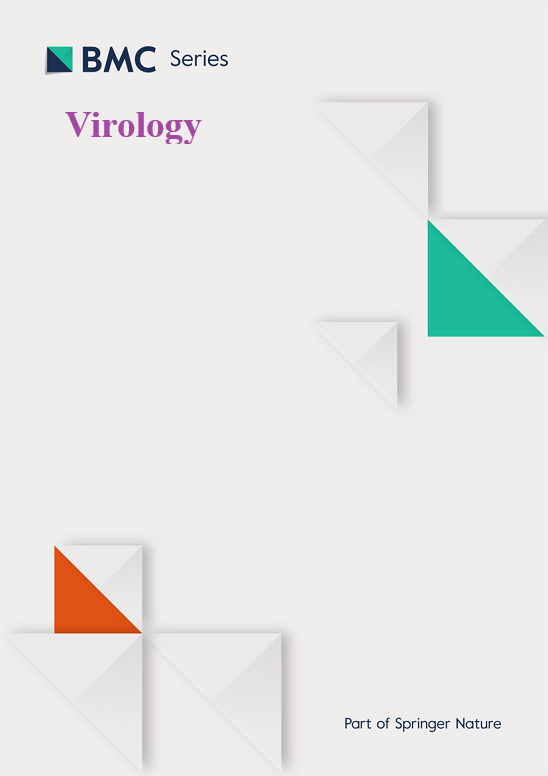Immunity responses as checkpoints for efficient transmission of begomoviruses by whiteflies
IF 2.8
3区 医学
Q3 VIROLOGY
引用次数: 0
Abstract
Begomoviruses are a group of single stranded DNA plant viruses exclusively transmitted by the sweet potato whitefly Bemisia tabaci in a persistent, circulative manner. After acquisition from plant phloem, this group of viruses circulate and are retained within the whitefly, interacting with tissues, cells and molecular pathways for maintaining the safety of the infective intact virions, by exploiting cellular mechanisms and avoiding degradation by the insect immune responses. During retention, the virions are internalized in the midgut cells, exit and spend hours-days in the hemolymph and cross into salivary gland cells, before transmission. Destroying this group of viruses by the insect immune system seems inefficient for the most part, by examining their very efficient transmission. Thus, within the various sites along the transmission pathway especially in the midgut, it is thought that the immune system with its various layers is activated for avoiding the damage caused by the viruses on one hand, and for ensuring their safe circulation and transmission on the other hand. Begomoviruses have evolved mechanisms for counteracting and exploiting the activated immune system for their safe translocation within the whitefly. In this review, we discuss the various levels of immunity activated against begomoviruses in B. tabaci, taking other pathogen-vector systems as examples and reflecting relevant components on the interactions between B. tabaci and Begomoviruses.
免疫反应作为白蝇有效传播begomovirus的检查点
begomovirus是一组单链DNA植物病毒,仅由甘薯粉虱以持久、循环的方式传播。这组病毒从植物韧皮部获得后,在粉虱体内循环并保留,通过利用细胞机制和避免被昆虫免疫反应降解,与组织、细胞和分子途径相互作用,以维持感染完整病毒粒子的安全性。在滞留期间,病毒粒子被内化在中肠细胞中,离开并在血淋巴中停留数小时至数天,然后进入唾液腺细胞,然后传播。通过昆虫的免疫系统来摧毁这组病毒似乎在很大程度上是无效的,通过检查它们非常有效的传播。因此,在传播途径的各个部位,特别是在中肠,人们认为,具有不同层次的免疫系统被激活,一方面是为了避免病毒造成的损害,另一方面是为了确保它们的安全循环和传播。begomovirus已经进化出对抗和利用激活免疫系统的机制,以便在粉虱体内安全转运。本文以其他病原体载体系统为例,讨论了烟粉虱对begomovirus的不同水平的免疫激活,并反映了烟粉虱与begomovirus相互作用的相关成分。
本文章由计算机程序翻译,如有差异,请以英文原文为准。
求助全文
约1分钟内获得全文
求助全文
来源期刊

Virology
医学-病毒学
CiteScore
6.00
自引率
0.00%
发文量
157
审稿时长
50 days
期刊介绍:
Launched in 1955, Virology is a broad and inclusive journal that welcomes submissions on all aspects of virology including plant, animal, microbial and human viruses. The journal publishes basic research as well as pre-clinical and clinical studies of vaccines, anti-viral drugs and their development, anti-viral therapies, and computational studies of virus infections. Any submission that is of broad interest to the community of virologists/vaccinologists and reporting scientifically accurate and valuable research will be considered for publication, including negative findings and multidisciplinary work.Virology is open to reviews, research manuscripts, short communication, registered reports as well as follow-up manuscripts.
 求助内容:
求助内容: 应助结果提醒方式:
应助结果提醒方式:


